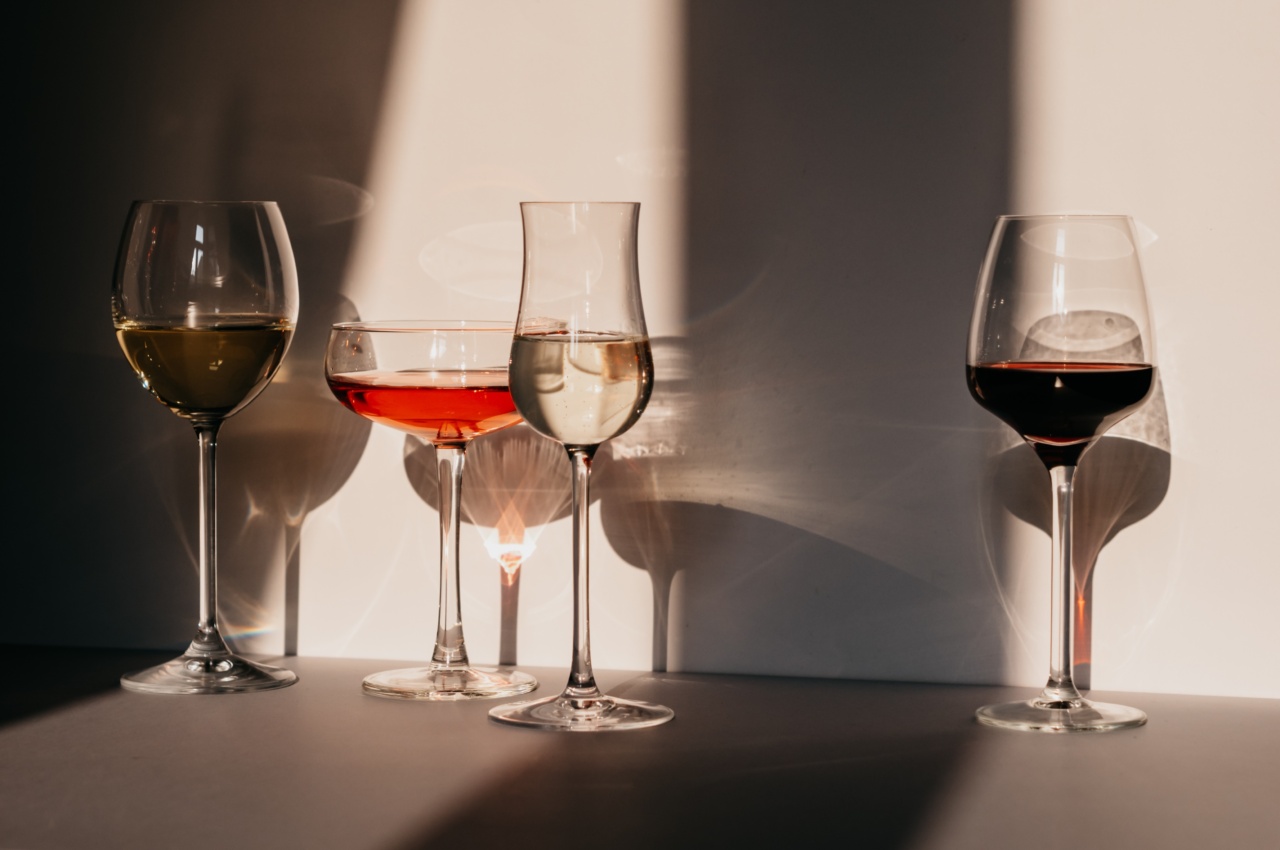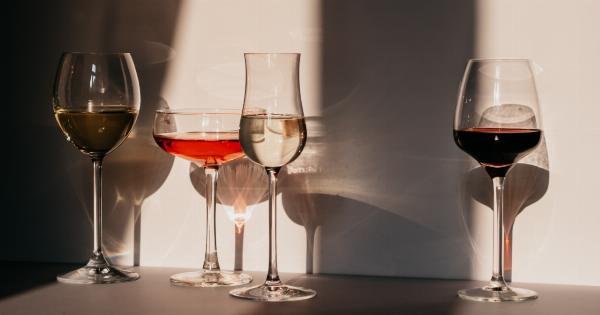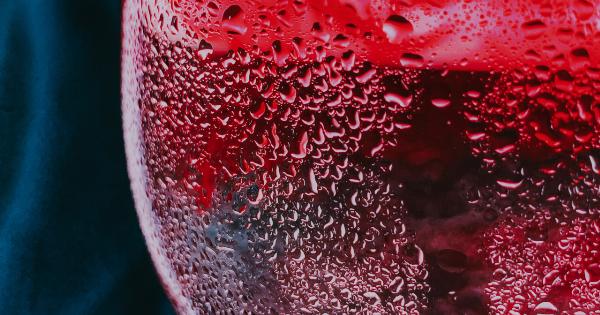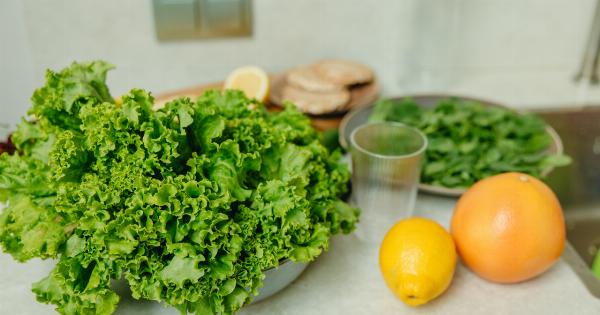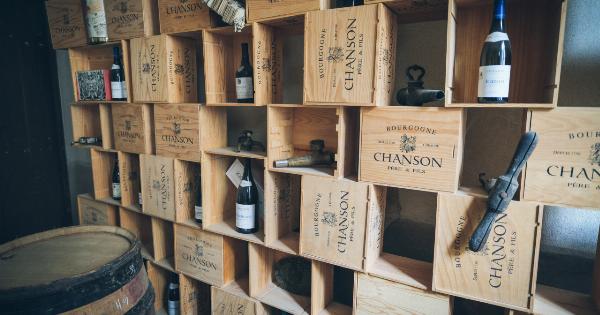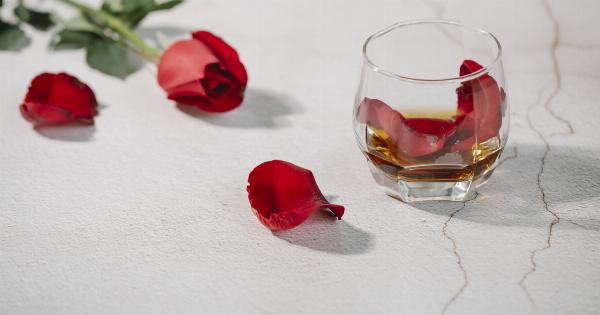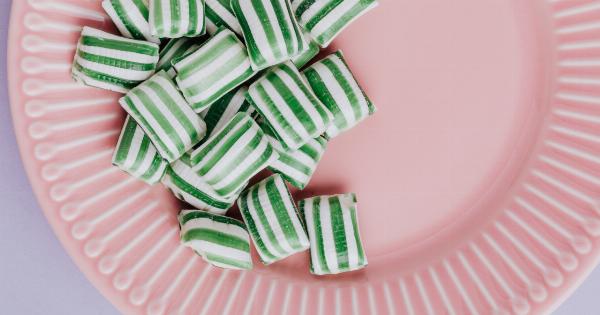Wine enthusiasts are often captivated by the elegant and varied shapes of wine glasses.
But does the shape of the glass actually influence the taste perception of wine? This article explores the impact of wine glass shape on the perception of taste, delving into the scientific research conducted on this topic. From tulip-shaped glasses to trumpet-shaped ones, we will analyze how the shape of a wine glass can work symbiotically with the nuanced flavors and aromas of different wines.
The Science Behind Wine Glass Shape
Researchers have long been intrigued by the relationship between wine glass shape and the perception of taste. The consensus among experts is that the design of a wine glass can significantly impact the way we experience the flavors and scents of wine.
Tulip-Shaped Wine Glasses: Enhancing Aromas
One of the most common wine glass shapes is the tulip or stemmed glass, which features a narrow bowl that gradually opens up towards the rim.
This shape is preferred for most red wines and some white wines, as it helps concentrate and capture the wine’s aromas within the bowl. The narrow opening also focuses these aromas towards the taster’s nose, enhancing the olfactory experience and making the wine seem more fragrant.
Balloon-Shaped Wine Glasses: Amplifying Aromas
Alternatively, balloon-shaped wine glasses, often used for red wines, have a wide bowl and a large opening. The ample space within the glass allows for a greater exposure of the wine to oxygen, enhancing the wine’s aromas and flavors.
It also helps to deliver the wine to the taster’s palate, allowing for a fuller and more robust experience.
Flute-Shaped Wine Glasses: Preserving Carbonation
When it comes to sparkling wines and Champagne, flute-shaped glasses are the go-to choice. These glasses have a narrow, elongated bowl which helps preserve the carbonation while delivering the effervescence to the drinker’s nose and taste buds.
The narrow shape also prevents the carbonation from dissipating too quickly, ensuring that the bubbles last longer.
Trumpet-Shaped Wine Glasses: Enhancing Sweetness
Trumpet-shaped wine glasses, sometimes known as dessert wine glasses, have a smaller opening and a wider base. These glasses are specifically designed for sweet wines, such as Port or Sauternes.
The concentrated aromas of these wines are intensified by the narrower rim, allowing the nuances of sweetness to be savored and appreciated.
Impact on Perception
The shape of a wine glass can influence taste perception through various mechanisms. The concentration and diffusion of aromas play a crucial role in our perception of flavor, and different glass shapes can either enhance or diminish these aromas.
Moreover, the way wine flows through the glass and reaches the taste buds can affect how we experience its texture and mouthfeel.
Debunking the Myth: The Effect of Wine Glass Shape on Wine Quality
While the shape of a wine glass can indeed impact taste perception, it is important to note that it does not alter the inherent quality of the wine itself.
A well-designed glass can enhance the sensory experience, but it cannot transform a mediocre wine into an exceptional one. Wine glass shape should be seen as a tool to optimize our enjoyment of wine, rather than a determinant of wine quality.
Expert Recommendations
Many experts and sommeliers offer recommendations on the appropriate glass shape for different wine varieties. These recommendations are based on years of experience and a deep understanding of how glassware can affect taste perception.
However, it is worth noting that personal preference also plays a significant role in wine enjoyment. Experimenting with different glass shapes can help each individual discover the style that best suits their taste.
Conclusion
The shape of a wine glass undeniably influences the perception of taste. From enhancing aromas to delivering the wine to the palate, the design of a glass can significantly impact our enjoyment of wine.
However, it is important to remember that the glass does not determine the quality of the wine itself. While the science behind wine glass shape may provide guidelines, personal preference ultimately prevails in choosing the perfect vessel for savoring our favorite wines.
